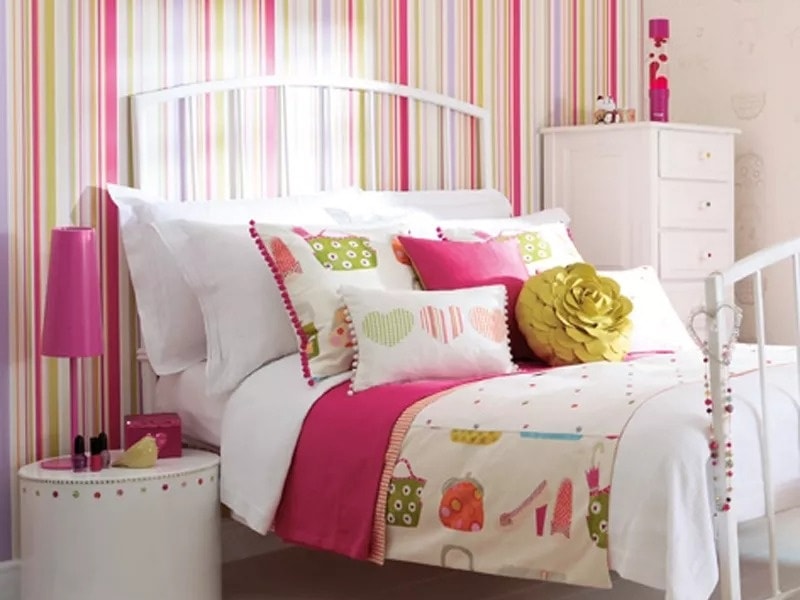You’re no doubt aware that too much stress can overload you leading to a range of health problems if not managed. While much is said about pressures at work, an overlooked source of strain is the lack of personal space in a small home. Not having enough privacy at home can cause tension, stress and anxiety, particularly within families…

Finding personal space in a small family home isn’t easy
When decorating and organising we focus on the functional areas – kitchen, bathroom, bedroom… and this is understandable. But we forget our home should be our sanctuary too.
A good idea is to create a relaxation zone that everyone can use when feeling stressed. With space at a premium it’s unlikely you’ll have a whole room available. Instead, find a corner of a larger room – the dining room or kitchen is fine.
While each family needs to make their chill out area suitable for their needs, there’s several elements to think about when setting up your chill out zone.
Top 10 tips for creating your relaxation space
1. Define the area… Mark out the space and ‘zone’ it. Paint the walls in a different colour or use a rug. Break up the space with a room divider or shelving unit. If you’re handy at DIY, attach a rail to the ceiling and hang a curtain or voile panel – take care with this if you have younger kids though, it’ll be likely that they’ll want to swing from the curtain!
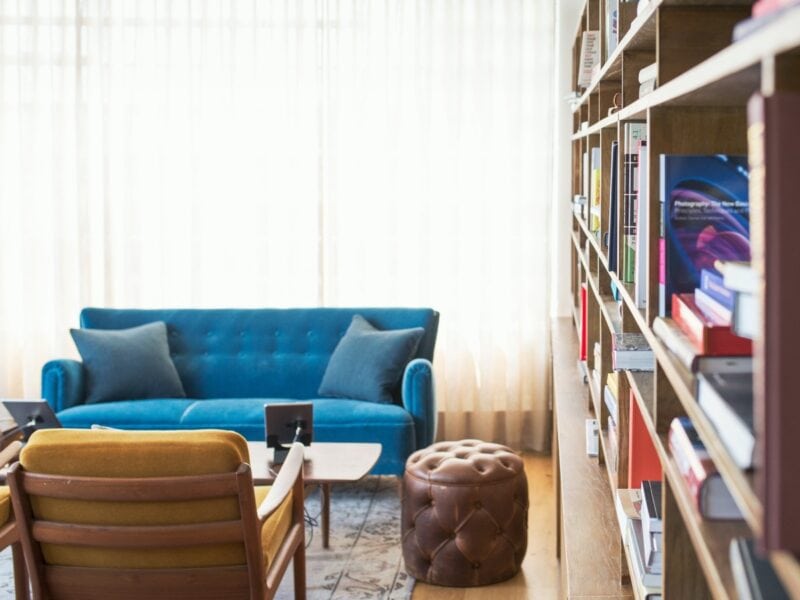
2. Decorate in calming colours to invoke a sense of peace… Most colours on the cooler end of the colour spectrum are soothing – pastel blues, greens or purples. Pick one that blends well with the rest of the room – pairing too many colours will look cluttered.
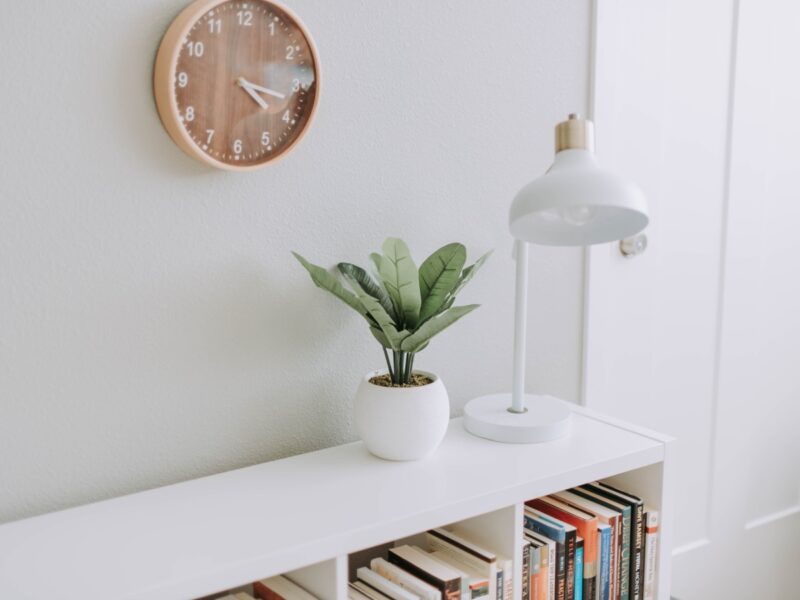
3. Go for comfort… Add a small sofa or armchair, large floor cushion or bean-bag – the latter are comfy for adults and kids and add to the relaxed feel. Soft furnishings such as cushions and throws help make the space cosy and warm.

4. Give it atmosphere… Lighting is important in creating a mood. Natural lighting is best; try to position near a window overlooking the garden. Use a roman blind if the view isn’t great. If you can’t set up near a window, add a large reading lamp or cute paper lanterns. A large pot plant can add to the ambience and make the area feel more restful. Spider plants are good as they are non-toxic to humans or pets.
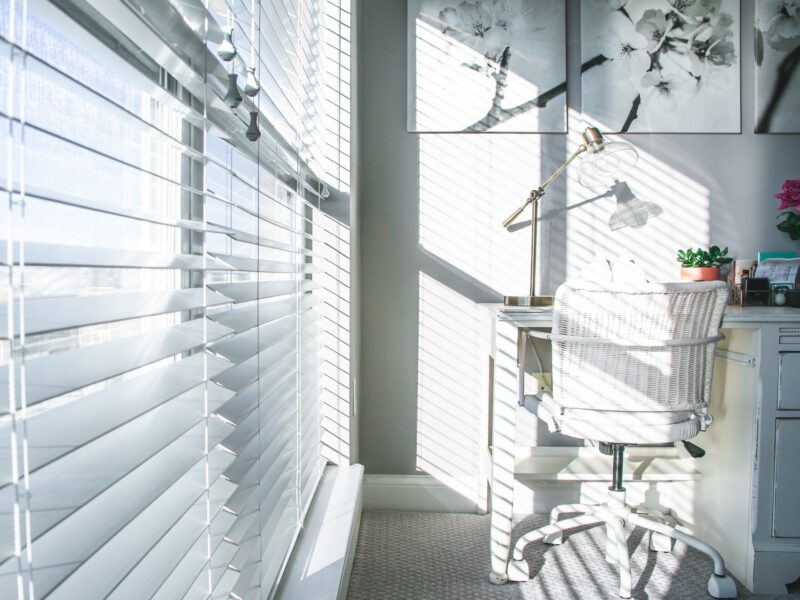
5. Scent… Older families can use scented candles or aromatherapy oils. Lavender is the go-to fragrance for relaxation but pine can also reduce anxiety. Vanilla and jasmine scents are effective at lifting moods too. For younger families, pop some dried lavender into cushions.
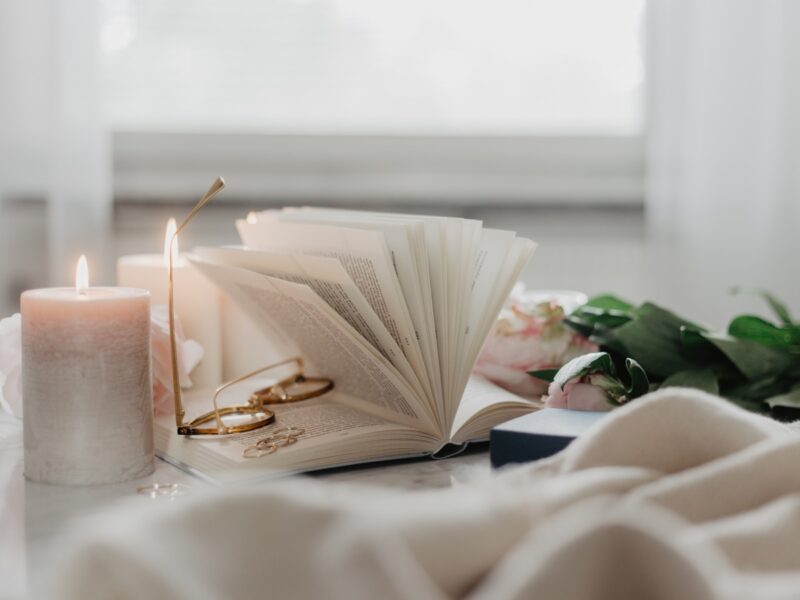
6. Help kids relax with sensory tactile objects… ‘Fidget toys’ are used by occupational therapists to help children regulate emotions, release stress and calm down. Squishy or squeezable toys that are rubbery, fluffy or feel sticky all work well. Stress balls too – try a balloon filled with play dough, or use puzzles such as a Rubik cube.

7. Reduce technology… Don’t fill your space with gadgets such as games consoles or a TV. Focus on calming activities.Reading reduces stress by over two-thirds so keep plenty of books or magazines on hand. Children can make the most of this area by using it as a reading nook. Music is also good for de-stressing so keep your iPod or some CDs on hand.
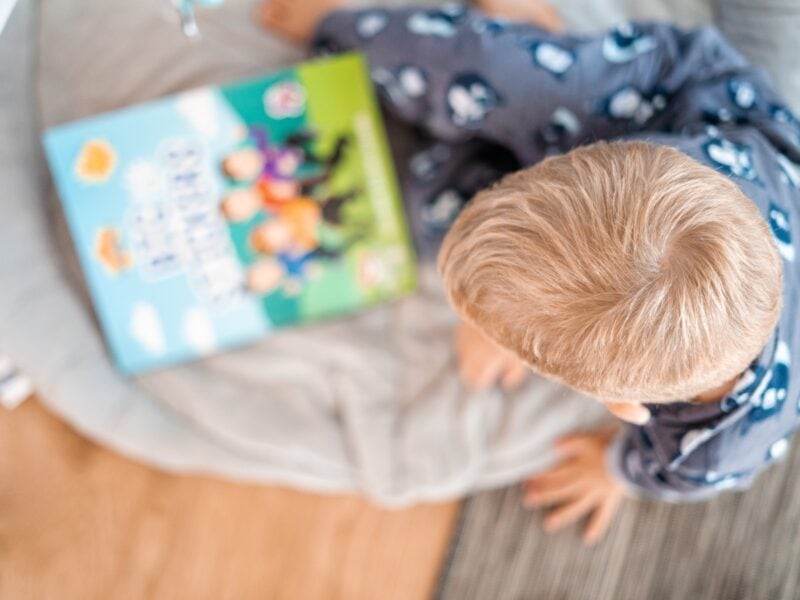
8. Keep it tidy… A cluttered space detracts from the calming effect. Keep activities such as colouring books, pens or toys on a small shelf or in a box.
9.Set ground rules that suit your family… Rules may include only using the activities available there or banning mobile phones and social media checking while using the space.
10. Finally, keep it simple… Don’t cause yourself more stress by overcomplicating things. Keep the décor simple. Don’t set too many rules either or you’ll spend all your time policing the space and not enjoying it.


